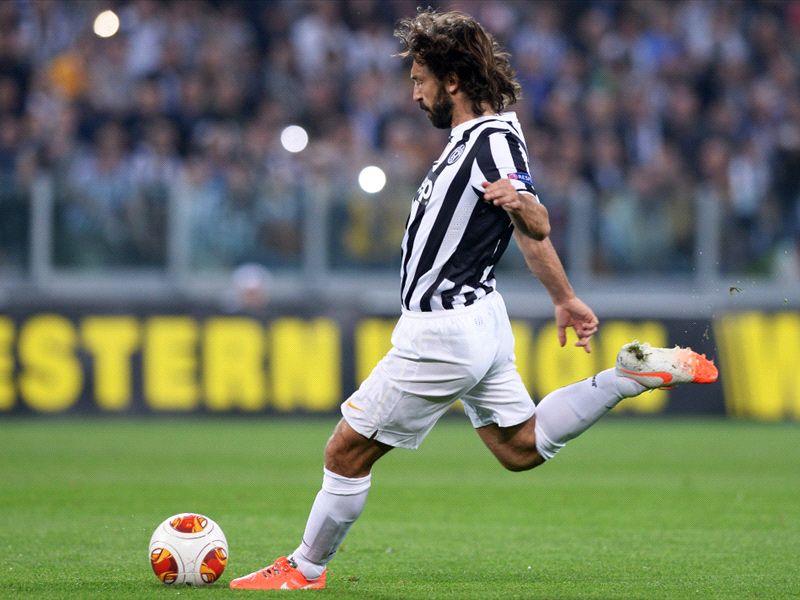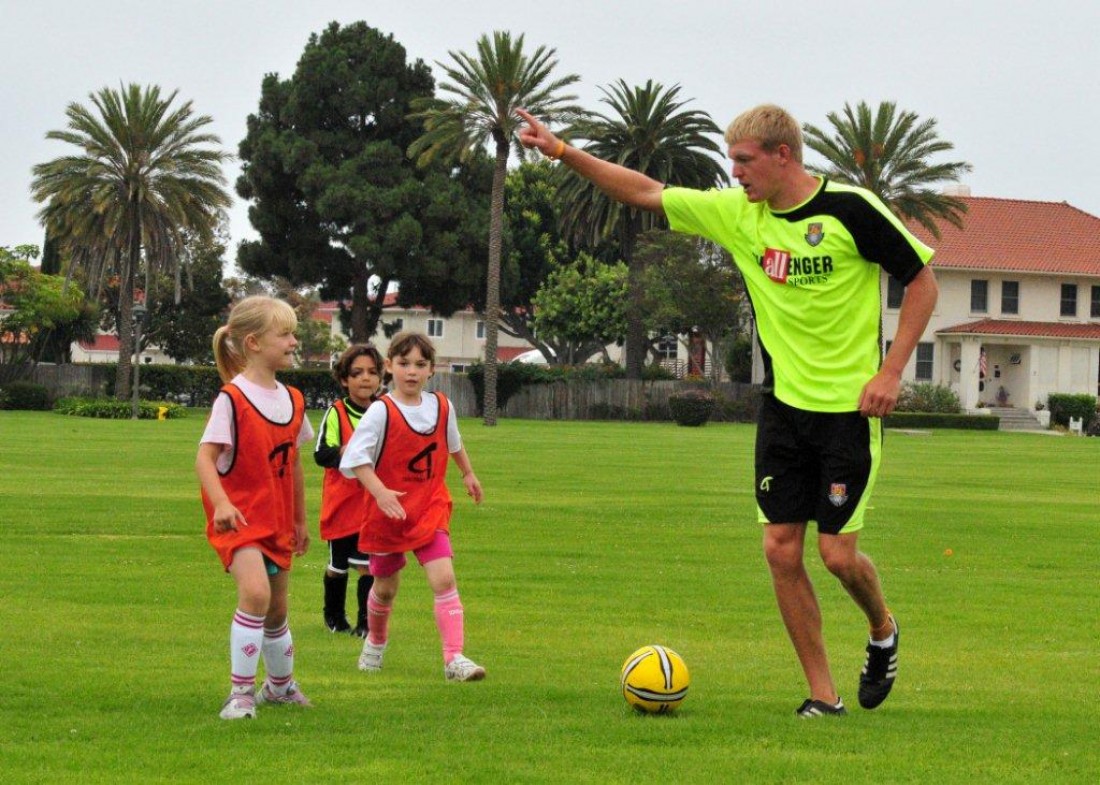By: Abdullah Zafar
Picture this: your team has won a free kick on the edge of the box and your dead ball specialist lines up the perfect shot. You expect the ball in the back of the net but instead it ends up flying high over the crossbar.
What’s the first thing that comes to your mind?
If your answer was “they didn’t keep their body over the ball” then you’re on the right track BUT what you observed was just a side effect and not the root cause of the poor technique.
In fact, not only does leaning back not necessarily mean the ball will launch high into the air, numerous studies have also shown that maximum power is generated in this way. Leaning back when striking the ball maximizes the range of motion and muscle recruitment of the kicking leg.
Think about it, in which scenario would you feel more powerful when striking: when you plant your foot directly under your body or slightly in front? The fact is, planting your foot in front of your body creates a bigger distance for the kicking foot to travel and build speed, resulting in a more powerful strike.
Leaning to produce more power is definitely a plus, but a powerful shot is useless if there is no accuracy, so how does lean affect accuracy? As a matter of fact, there are only three factors which contribute to the flight path of the ball:
- foot orientation during ball contact
- foot speed during ball contact
- area of foot-to-ball contact.
Notice the common theme here? All three factors depend solely on the instant of foot-to-ball contact (not whether you lean back or not).
To explore further, foot orientation means how the foot is positioned when striking (e.g. ankle locked, toes pointed down) and determines how much energy is transferred from the foot to the ball. Foot speed is simply how fast the foot is moving and determines the resulting speed of the ball.
Finally, and most importantly for accuracy, the area of foot-to-ball contact refers to the area on the ball that the foot strikes (e.g. dead center, above/below center, right/left side of ball).
It may seem obvious, but think about playing a ground pass straight ahead versus to the left or right. The only consideration when playing that pass is that the ball is hit dead center for it to move straight forward or hit on the left/right to pass it sideways. The same idea would apply when talking about the ball in the vertical direction: hitting the ball below center lifts it into the air while hitting the ball dead center keeps it level.

So, what is the best way for coaches to take all of this information and correct their players’ kicking technique?
Instead of saying “body over the ball”, it would be more effective to say “plant your foot beside the ball”. What then happens is that the arc of the kicking foot naturally contacts the ball closer to its center. If the foot was planted behind the ball, the kicking foot would “reach” forward, contacting the ball below its center causing it to lift into the air.
Coincidentally, reaching forward with the leg means leaning back more with the body, which is where the concept of “body over the ball” originally came from. While this concept was a certainly a good start, a more thorough analysis would indicate that leaning back wasn’t the main issue but misplacing the plant foot was.
Ultimately as coaches, this example should encourage us to examine the information we are giving our players and ensure it is as accurate as possible.
I hope you enjoyed this article. Please feel free to leave your comments and feedback!
Abdullah Zafar is currently studying mathematics and physics at the University of Toronto, as well as working at Soccer Fitness Inc. as a strength & conditioning coach and research associate in biomechanics. For more from Abdullah, you can follow his soccer & physics content on Instagram @abdul.zaf, or check out his research work at: utoronto.academia.edu/AbdullahZafar.


Leave A Comment